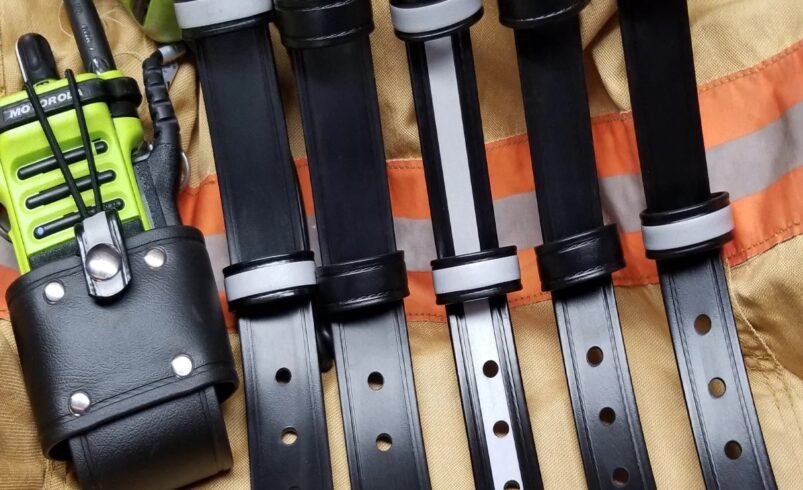Caring for Your Radio Straps: Maintenance Tips for Longevity

For firefighters, police officers, and other types of emergency personnel, straps for their radios are a crucial component of their protective equipment. When carrying portable communication devices, the last thing someone wants is for the device to fall or hang precariously while they are performing a hazardous duty.
However, radio straps live a hard life. They are often exposed to extreme conditions by the personnel who use them. It’s not uncommon for the straps to be soaked in water, or partially burned, or caked with mud or dust. Accordingly, it is vital to the public safety mission that the protective and functional life of these straps be extended as much as possible. Here are a few tips to help with that:
Clean Regularly with Mild Soap and Water
The regular cleaning of straps is the basic maintenance step that keeps them in good condition. They are exposed to quite a lot, given that people wear them while performing all sorts of activities. The exposure to sweat alone means that the straps have to be taken care of and cleaned regularly. Use a soft cloth or sponge and some mild soap and water. Avoid using anything that could be harmful to the materials that make up the strap.
Condition Leather Straps to Prevent Drying
Preventing leather straps from drying out and cracking takes more than just a light touch. If you have leather radio straps, every few months you need to apply a high-quality leather conditioner to them. In very dry climates, you might need to do this more often. To apply, take a clean cloth and a small amount of conditioner. Work that into the straps gently, per the manufacturer’s instructions. When you do this, not only are you keeping the leather straps comfortable, but you’re also prolonging the life of those straps.
Store in a Cool, Dry Place Away from Direct Sunlight
Sunlight makes things fade, dry out, and crack, and leather is no exception. Humidity levels of 50% or more fuels mold growth and metal corrosion. So keep them in a temperature-stable, low-humidity environment. And if you have a case that came with your radio, use it.
Inspect Regularly for Wear and Tear
Some of the most common signs are fraying, stretching, or cracking – especially near the areas that get the most stress, like buckles, clasps, or attachments. Tightening loose components and replacing a few key parts can, in some cases, save you from needing a whole new strap. Quality radio straps should last a good long while, when cared for properly.
Final Tip: Invest in Quality Straps from the Start
This bottom line is this – what really matters is that you take good care of the straps for your radio. They are a critical part of your investment in safety, and that should always be your top concern. But even in terms of performance and longevity, the smartest thing you can do is to make sure that you buy good, high quality straps to begin with.




